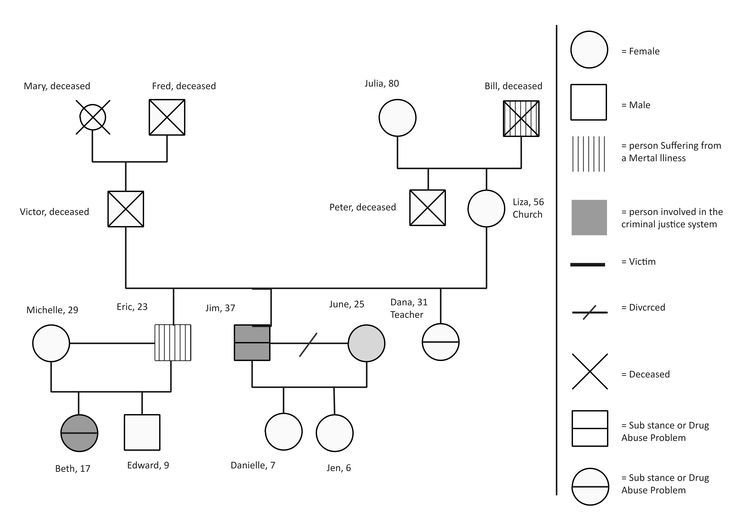
Article content Revealing the dynamic nature of the family What is a genogram? Imagine a family tree, but instead of names and dates, it reveals the complex web of relationships, emotions, and experiences that connect generations. This is the essence of this very useful tool used in psychotherapy to understand how family history shapes a […]
Article content
What is a genogram? Imagine a family tree, but instead of names and dates, it reveals the complex web of relationships, emotions, and experiences that connect generations. This is the essence of this very useful tool used in psychotherapy to understand how family history shapes a person’s present.
While traditional family trees focus on ancestry, genograms go further. They explore the emotional landscape of the family, exploring communication patterns, conflicts, and mental health across multiple generations. This valuable information provides valuable insights for both therapists and patients, making genograms a cornerstone of many therapeutic approaches.
Several key elements distinguish geneagrams from traditional family trees:
These details paint a more complete picture of a family system, allowing therapists to explore how past experiences may influence a client’s current difficulties.

Genograms offer a multitude of advantages in the therapeutic process:
By visually mapping family dynamics, patients can better understand how their upbringing and family history may influence their thoughts, feelings, and behaviors.
Genograms can reveal recurring patterns of communication, conflict resolution, and coping mechanisms across generations. This awareness allows patients to break unhealthy cycles.
A family history of mental illness can be a risk factor for certain conditions. Genograms help therapists assess this risk and tailor treatment accordingly.
Many psychological problems stem from trauma experienced by the individual or within their family. Genograms can help identify and treat these underlying causes.
Therapist-guided genogram construction can open a dialogue about family dynamics. This can be particularly useful in family therapy to address communication issues and improve relationships.
Genograms can be created collaboratively between a therapist and their client, or individually by the client. Numerous resources and software are available to facilitate their construction. It is important to note that a genogram is a living document. As therapy progresses and new information emerges, the genogram can be updated to reflect these changes.
While genograms offer a wealth of information, it is essential to keep in mind that family history is only one factor among many that influence a client’s life. The therapist’s role is to guide the exploration of the genogram with sensitivity and respect, focusing on how past experiences can be integrated into the present, while enabling clients to build healthier relationships.
